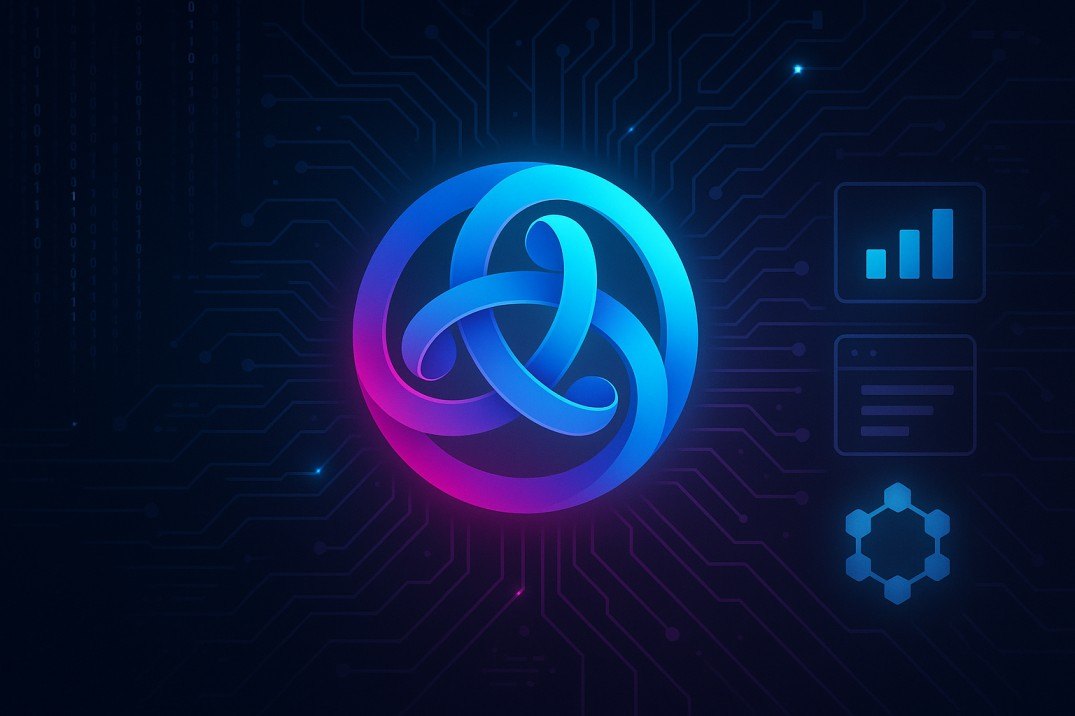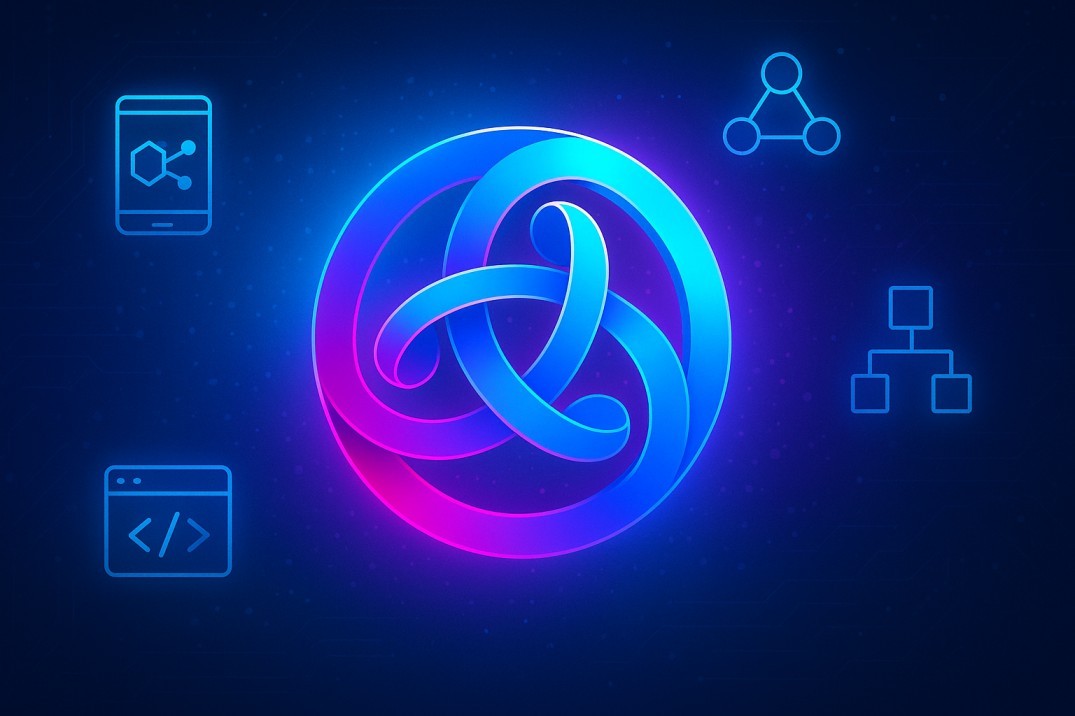TL;DR
- Astar is a multi-layer Web3 platform built in Japan, integrating Astar Network (L1) and Soneium (L2) to drive global adoption.
- The native token, ASTR, powers governance, staking, payments, and dApp incentives across both layers.
- Astar Network leverages Polkadot's security while supporting Substrate and EVM environments.
- Soneium, developed with Sony, uses OP Stack to enable fast, consumer-ready apps focused on entertainment and real-world use.
- Innovative features like dApp staking, operator trading, and multi-lockdrop differentiate Astar from other ecosystems.
Astar has emerged as one of Japan's most ambitious blockchain projects. Positioned as a next-gen Web3 hub, Astar blends Layer 1 infrastructure (Astar Network) with a purpose-built Layer 2 (Soneium) to bridge the gap between technical decentralization and mainstream usability. The protocol is designed to support a wide variety of smart contracts, virtual machines, and consumer applications.
At the center of this ecosystem is $ASTR, a native token that powers transactions, governance, and a unique rewards model that directly benefits developers and users alike. With backing from names like Binance Labs and Coinbase Ventures, and deep integration into Polkadot's ecosystem, Astar is making a credible push toward real-world adoption.
What is Astar?

Astar is a Web3 protocol collective composed of:
Astar Network: A secure Layer 1 blockchain built on Substrate, integrated as a Polkadot parachain.
Soneium: A Layer 2 solution built with Sony's tech, using Ethereum's OP Stack for ultra-scalable consumer apps.
These two layers work in harmony, with ASTR as the shared fuel. Astar Network manages security, staking, and governance. Soneium focuses on real-world, low-cost applications from payments to entertainment and gaming. Together, they form what Astar calls a "Web3 Collective" a vision of composable, multi-chain infrastructure that's accessible for both developers and non-technical users.
How Astar Works
Astar is designed to be both scalable and flexible. It supports:
-
Multiple VMs: EVM and WASM
-
dApp staking: Developers earn rewards for building
-
Operator trading: Smart contracts can be tokenized and traded
-
Cross-chain interoperability: Thanks to Polkadot and custom bridges
-
Multi-layer Design
Layer 1 (Astar Network): Built on Substrate; acts as the governance and staking layer.
Layer 2 (Soneium): Built using OP Stack for scalable user-facing apps. Think games, wallets, payments, all with low fees.
-
Cross-Platform Support
Developers can deploy smart contracts using either Solidity (via EVM) or Rust (via WASM). This makes onboarding easier for teams with diverse skill sets.
Tokenomics
The ASTR token serves as the unifying asset of the Astar Collective. Here's how it's used:
- Utility Token: Pay gas fees on both Astar Network and Soneium.
- Governance Token: Propose or vote on network changes.
- Staking Token: Secure the network and participate in consensus.
- dApp Incentive Token: Earn rewards through dApp staking.
Distribution (from April 2023)
- 30% - Users & Early Supporters
- 20% - Parachain Auction
- 10% - Protocol Development & Grants
- 10% - Early Financial Backers
- 10% - Foundation
- 5% - Marketing
- 5% - Auctions Reserve
- 5% - Team
- 5% - DAO Treasury
Key Features

-
dApp Staking
Astar introduced the concept of dApp staking instead of staking on validators, users can stake directly on smart contracts they find valuable. This:
- Rewards developers with ASTR tokens
- Encourages useful apps
- Engages the community in ecosystem curation
-
Operator Trading
This allows smart contracts to be tokenized, bought, and sold. Operators can assign roles to others, transfer contract ownership, or lease contract capabilities, bringing a new layer of programmability and financialization to on-chain assets.
-
Multi-Lockdrop
Users lock tokens from other networks (e.g., ETH, DOT) and receive ASTR in return. It helps bootstrap liquidity and encourages multichain participation.
Soneium and the Sony Connection
Soneium is Astar's consumer-focused Layer 2, developed by Sony's Blockchain Labs. It offers:
-
Fast, low-cost transactions
-
Tailored SDKs for entertainment apps
-
Built-in payment rails for microtransactions
-
Fully EVM-compatible development
Soneium enables brands and enterprises to onboard users without friction, even if they've never used a wallet before.
Use Cases
Astar's architecture supports diverse real-world use cases:
- Gaming: Play-to-earn, on-chain assets, and in-game economies
- Entertainment: Music royalties, fan engagement apps
- Finance: dApps with microloans, cross-chain swaps
- Enterprise: Identity, supply chain, or logistics
Security and Consensus
Astar is a nominated Proof-of-Stake (NPoS) network, inheriting shared security from Polkadot. The network features:
- Validator & nominator roles
- Governance through on-chain referenda
- Runtime upgrades without forks
It also benefits from Substrate's modular architecture, allowing the Astar team to push upgrades without compromising core stability.
Challenges and Risks
While Astar is technically sound, it does face a few hurdles:
- User onboarding: Especially outside Japan
- Developer adoption: Competing with Ethereum, Solana, and Layer 2s
- Market volatility: As with any token economy
- Governance: Balancing central oversight with decentralized ideals
However, its strategic positioning with Sony and backing from top investors gives it a long-term edge.
Final Thoughts
Astar is combining a robust technical base (Astar Network) with a consumer-focused Layer 2 (Soneium), it's designed to scale Web3 without abandoning usability. Its unique tokenomics, dApp staking incentives, and operator economy give developers new ways to build and earn. And with real-world partners like Sony in the mix, Astar is one of the few blockchain projects poised to break into the mainstream.
Whether you're a developer looking for powerful tools or a user curious about Web3 without the complexity, Astar's hybrid approach is worth watching.











